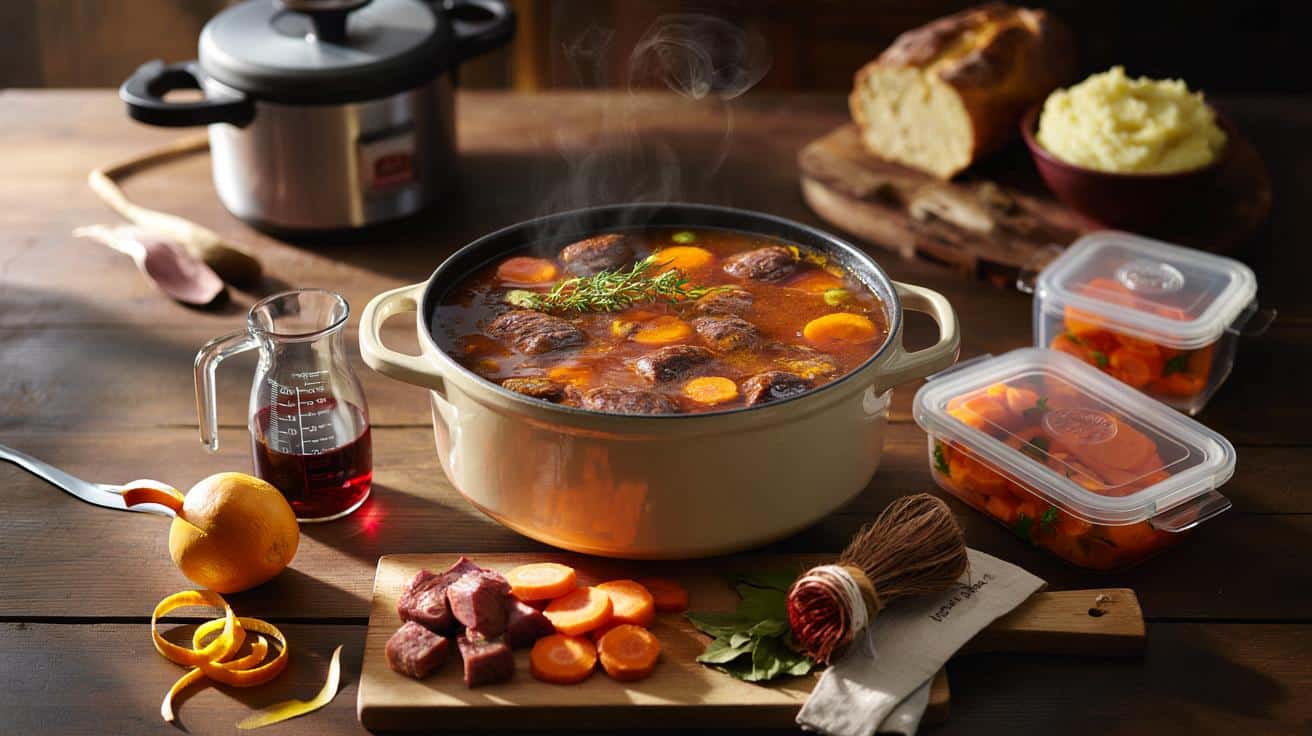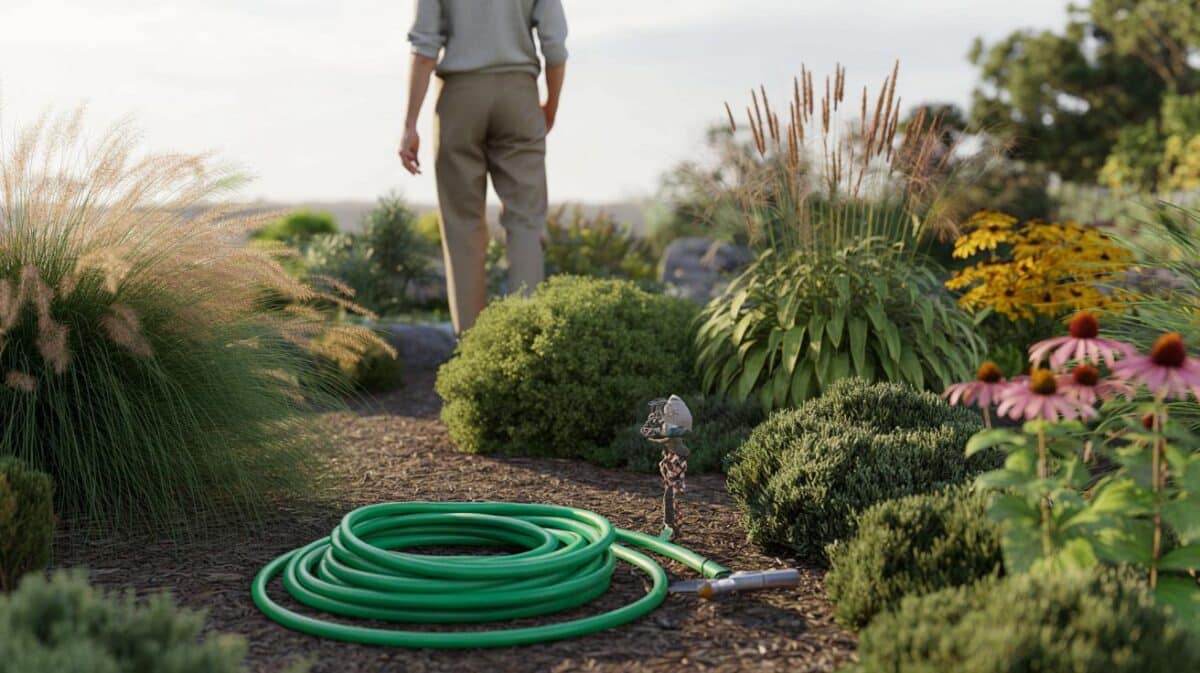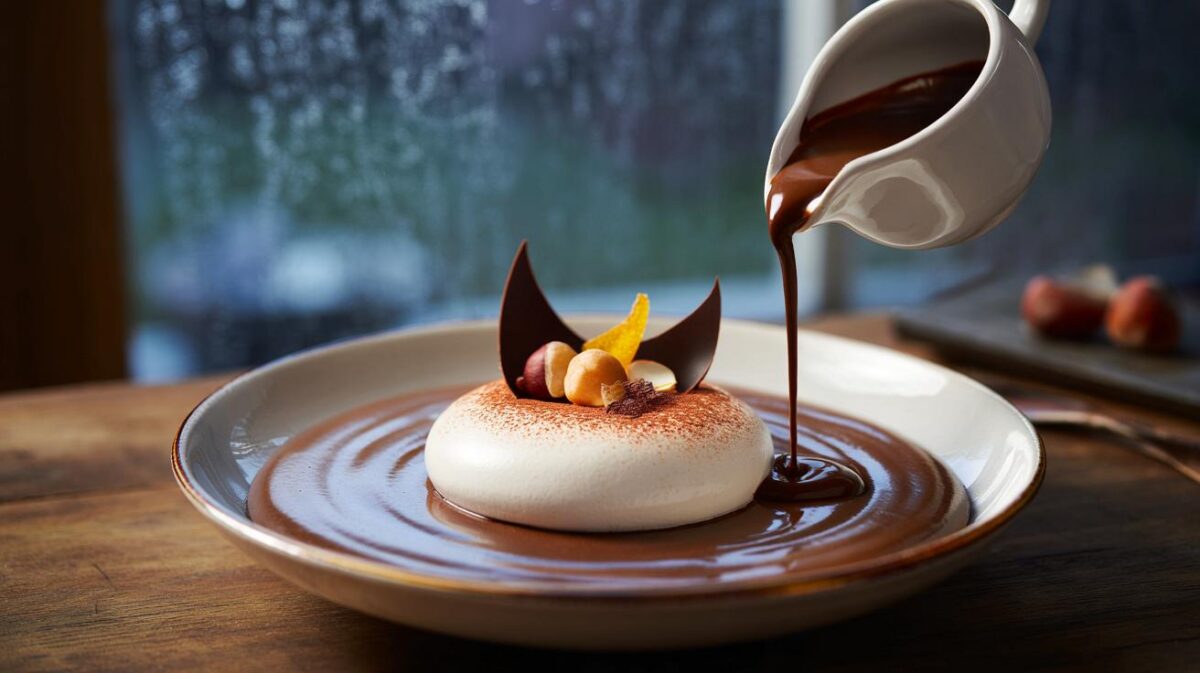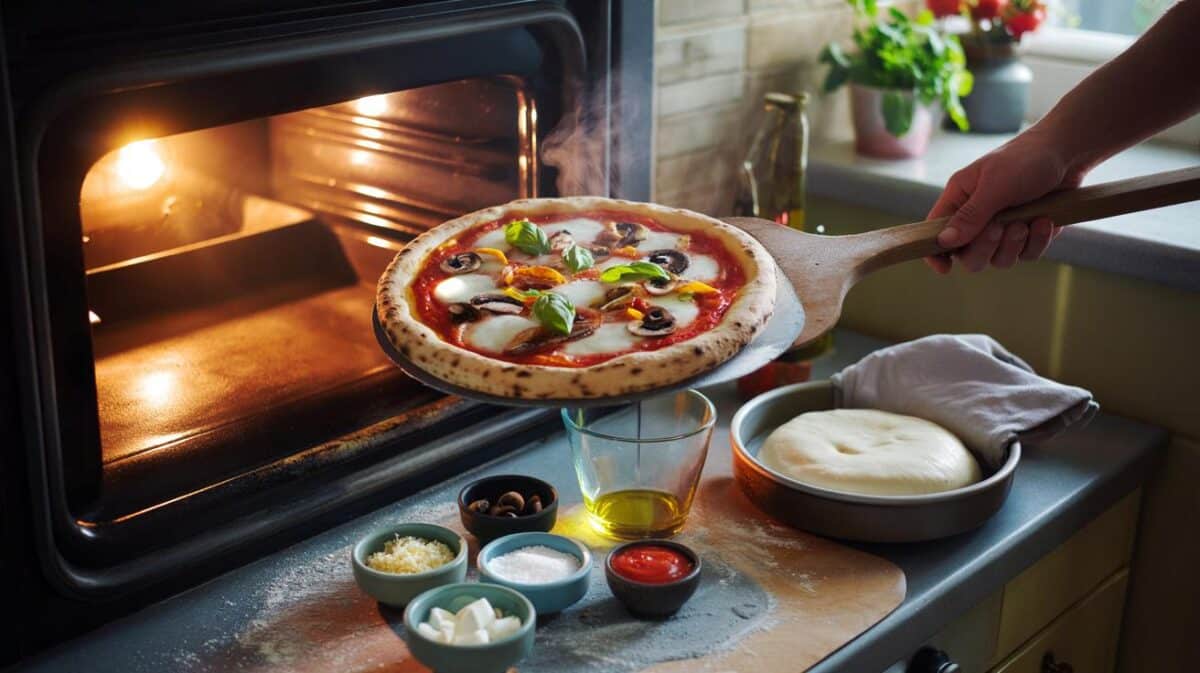The old-fashioned beef-and-carrot stew is back on the table, and not by accident. Households want warmth, predictability and good value from one pot. From slow Sunday simmer to weeknight pressure-cooker speed, the dish delivers texture, aroma and calm routine when budgets and daylight feel tight.
Autumn craving meets the weekly budget
A pot built on 1.2kg of braising beef and a kilo of carrots looks unpretentious, yet it feeds six with ease. The broth does the heavy lifting. Onion sweetness, a herb bundle and patient heat transform economical cuts into tender mouthfuls. Many families lean on it for batch-cooking, because the second day tastes deeper and the freezer welcomes leftovers.
Low heat for 2 hours 30 builds a silky sauce. Under pressure, 40 minutes gets you close, without the wait.
What shifts this stew from memory to must-cook is its reliability. The method is forgiving, the ingredient list is short, and the results are consistent. Carrots keep their shape when sliced thick. The meat turns yielding, not stringy, when kept just below a full boil. A ladle over mash or with crusty bread ticks boxes for texture and thrift in the same bowl.
What goes in the pot
- 1.2kg braising beef (chuck, blade or shin)
- 1kg carrots, peeled and thickly sliced
- 2 yellow onions, sliced
- A bouquet garni of thyme, bay and parsley
- 1.5 litres beef stock
- 2 tablespoons neutral oil
- Sea salt and freshly ground black pepper
- Optional: 300ml robust red wine
- Optional: zest and juice of 1 unwaxed orange
Keep the liquid just kissing the meat. Reduction concentrates flavour; topping up dilutes it.
Three routes to the same comfort
| Method | Time | Liquids | What to expect |
|---|---|---|---|
| Traditional low simmer | About 2h30 | 1.5l stock | Tender beef, glossy sauce, deep savoury flavours |
| Red wine variant | About 2h30 | 1.2l stock + 300ml red wine | Richer profile, gentle tannin, Sunday-lunch character |
| Pressure cooker | 40 mins at pressure | 1.2–1.4l stock | Weeknight speed, soft meat, clean carrot sweetness |
| Orange twist | About 2h30 | As above + 1 orange (zest and juice) | Bright, lightly tangy finish without masking the base |
The traditional low flame
Brown the beef in batches in a heavy pot. Colour matters, as it seeds the sauce with roasted notes. Add onions and soften them to a pale gold. Fold in carrots and the herb bundle. Pour in hot stock so the liquid sits just below the surface of the meat. Season and bring to a gentle burble. Lid on. From here, time does the work. You want a slow, steady simmer, not a rolling boil. Stir occasionally, and skim if needed. By the two-hour mark, fibres relax and the sauce thickens by reduction. Serve immediately, or chill and reheat for greater depth tomorrow.
Weeknight pressure
The pressure cooker shaves the clock without sacrificing honesty. Sear the meat as normal, then tip in onions, carrots, herbs and stock. Lock the lid and cook at pressure for forty minutes. Allow a natural release. The sauce will be thinner than the long simmer, but a short uncovered boil thickens it quickly. Finish with a crack of pepper and a knob of cold butter whisked in, if you like a sheen.
Red wine depth
Swap 300ml of stock for a sturdy red. Pour it in after searing, scrape the base to lift the browned bits, and simmer for a couple of minutes before adding the remaining stock. Wine brings fruit, spice and a little grip that suits tagliatelle, polenta or a simple mash. Avoid very oaky bottles; you want structure, not splinters.
Orange, but not sweet
One orange, zest and juice, nudges the stew toward a brighter finish. Add both at the start, so the citrus softens into the savoury base. It suits rice pilaf or creamy polenta, and keeps fussy eaters curious without changing the core character of the dish.
Why households reach for it now
It scales neatly, fills lunch boxes and takes kindly to the freezer. Cuts like chuck, blade and shin bring connective tissue that melts to body in the sauce, so you pay less for more character. The pan does not need constant attention, which frees you to handle homework or laundry while dinner builds itself.
- Serves six generously from 1.2kg beef and 1kg carrots.
- Better the next day, as flavours knit and mellow.
- Pairs with mashed potatoes, steamed potatoes, rice, polenta or crusty bread.
- Freezes well in flat containers for faster midweek defrosting.
Brown boldly, simmer gently, rest overnight if you can. Those three steps carry most of the flavour.
Practical notes, swaps and simple planning
If you are short on stock, top up with water and a teaspoon of marmite or tomato purée for depth. Neutral oil resists scorching during searing; add a small knob of butter later for gloss. Fresh herbs are ideal, yet a teaspoon each of dried thyme and a crumbled bay leaf work in a pinch. If you prefer less sweetness, cut the carrot pieces larger so they keep bite.
Food safety matters with slow braises. Cool leftovers within two hours. Chill in shallow containers. Reheat until piping hot, stirring so the centre reaches the same temperature as the edges. Freeze for up to three months, and thaw in the fridge overnight for best texture.
A quick portions calculator
Use this simple ratio to plan: for each adult portion, aim for 180–200g raw beef and 160–180g carrots. Liquids should roughly match the volume of solids without drowning them. For four people, that translates to about 800g beef, 650–750g carrots and 900–1,000ml stock. For eight, scale up to 1.6kg beef, 1.3–1.5kg carrots and 1.8–2.0 litres stock.
What to serve alongside
Mashed potatoes reinforce the soft textures; steamed potatoes keep things lighter. Tagliatelle flatter the red-wine route, while polenta balances the orange twist. A peppery salad of watercress and thinly sliced red onion cuts through the richness. For bread, a country loaf with a firm crust helps mop the sauce without collapsing.
Extra value from the same pot
Turn leftovers into a cottage-pie topping by shredding the meat and folding it through the sauce. Spoon into a baking dish, cover with mash and bake until the peaks colour. For a lighter lunch, dilute the stew with extra stock, add a handful of barley and simmer for 25 minutes for a brothy bowl. If you track costs, note that the carrots and onions weigh in cheap; the spend rests on the cut. Buying whole pieces of beef and cutting them yourself often trims the price per kilo and yields tidier cubes.
If you like to plan energy use, consider cooking the braise the evening before while the oven is on for something else. A gentle hob simmer alongside an oven bake puts the heat to double duty. The pot then cools overnight, and tomorrow’s meal only needs a calm reheat. That rhythm suits busy weeks and keeps the table steady, which might be the quiet promise households need most right now.








